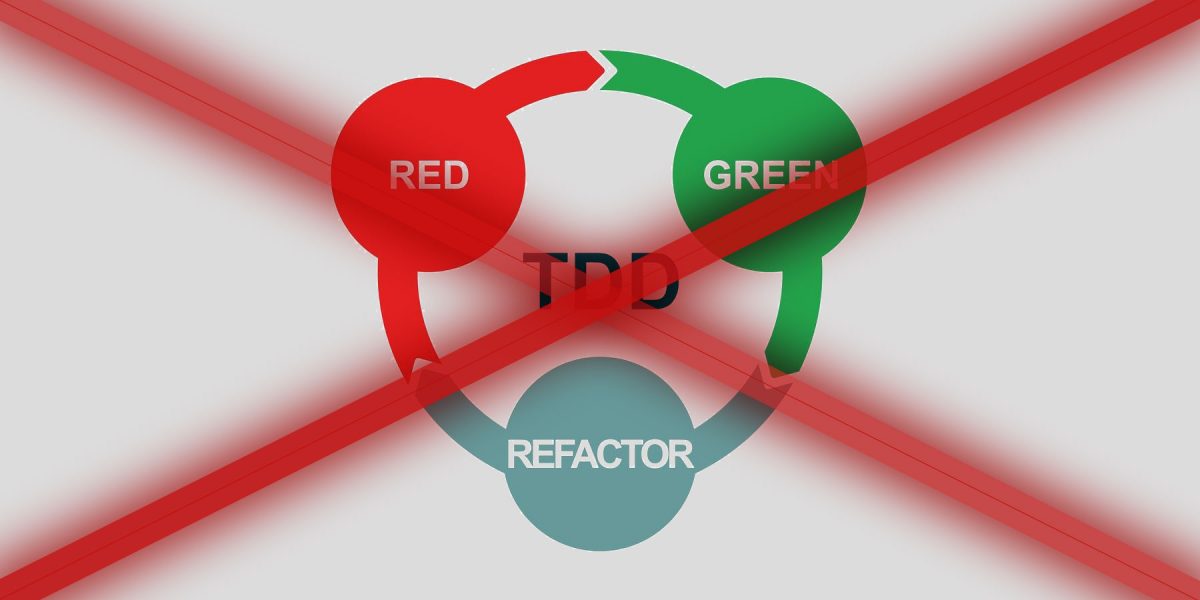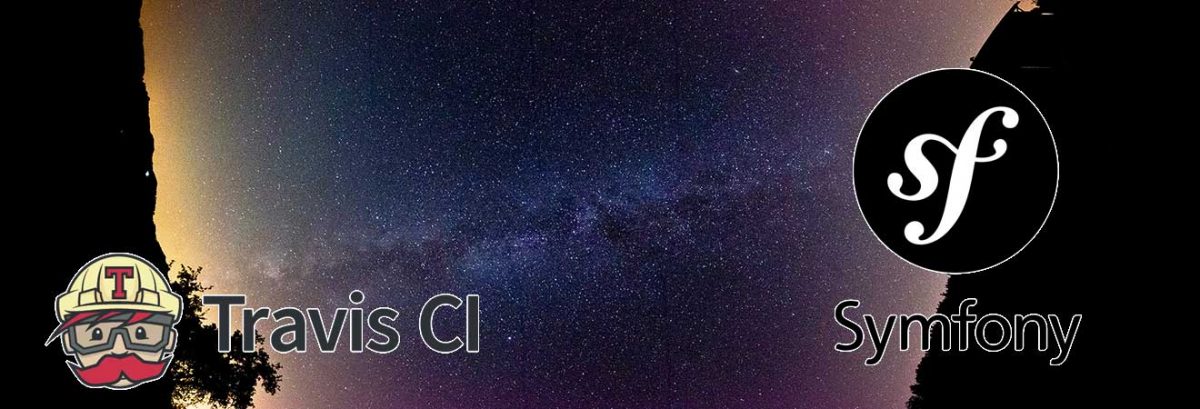Ladies and Gentlemen, let me introduce you GraphQL. Dragons’ and gnomes’ slayer. I will be honest, GraphQL is in my opinion much better than REST and SOAP. Usually, I don’t follow trends I’m waiting when a technology grow up and solidify. I won’t be tester the newest solutions, especially when it’s related to JavaScript. As you know, frameworks in JavaScript are published every hour. I have no time for it.
GraphQL was published two years ago, Wikipedia said. I didn’t hear about it until I was looking through the agenda 4Developers, polish conference. Few speakers made presentations about it. I wasn’t on any. Just the organizer published videos on YouTube I had a chance to see them.






![Docker: Symfony – how to install it and use [LINUX]](https://pilsniak.com/wp-content/uploads/2017/03/docker-symfony.png)
